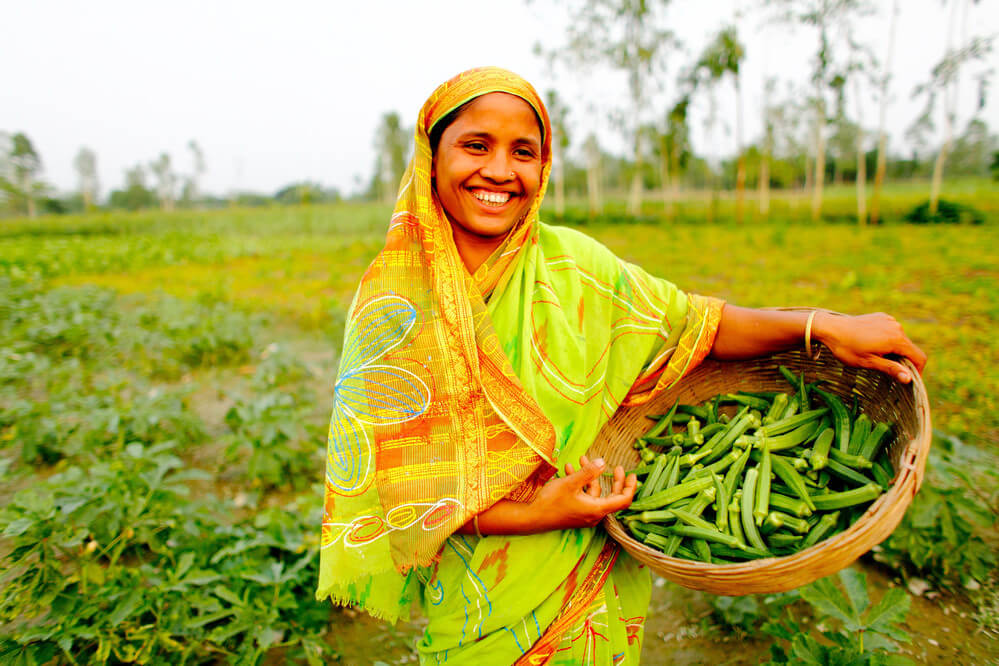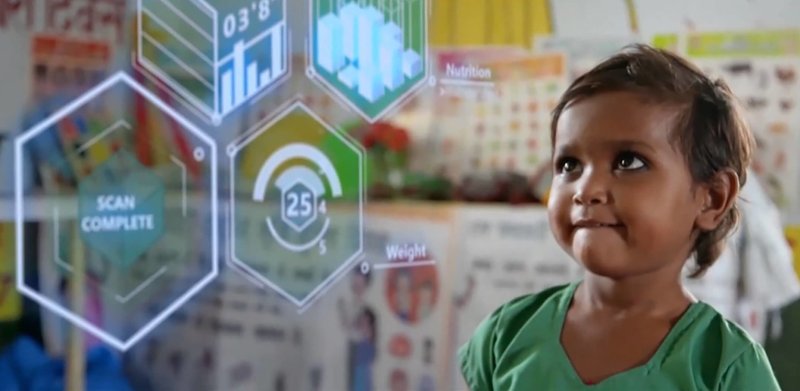When was the last time you read an online magazine or newspaper, only to find yourself bombarded with shopping ads specifically targeted to your preferences and needs, seemingly by magic? How about the detection of fraud or the filtering of spam from your email inbox? Well, that was most likely the handiwork of “machine learning,” a subset of artificial intelligence that uses computer algorithms that over time and multiple experiences, or iterations, can automatically improve, without being explicitly programmed to do so. It enables the computers to learn without human intervention or assistance and adjust their actions accordingly. This powerful technology has already insinuated itself into many aspects of our lives, often invisibly. And there is much more on the horizon.
Many of us remember Deep Blue, the IBM computer that could play a mean game of chess and was even able to beat a world champion of the time. It was a precursor of machine learning, as was Watson, another IBM computer that competed against — and defeated — champions of the TV quiz show “Jeopardy.” Named after IBM’s cofounder, Thomas J. Watson, the software that won the million-dollar prize in 2011 was later adapted for other purposes, including decision-making for lung cancer therapy at New York City’s Memorial Sloan Kettering Cancer Center in 2013. More recently, a group of MIT researchers reported that machine learning may be useful in diagnosing Alzheimer’s Disease and asymptomatic COVID-19 infections, from the sounds that subjects make by speaking or coughing, respectively. Machine learning is also being used to make plant-based “milk” and other foods.

In addition to competitions and guiding medical treatments and diagnoses, machine learning has been an asset to research and development in the fields of genomics, intelligent drug design, and neuroscience. Now it is being employed to try to find solutions for one of the greatest and most intractable challenges to humanity: world hunger. The magnitude of the problem is daunting. In 2019, nearly 690 million people around the world went hungry, and the COVID-19 pandemic could boost that number by perhaps another 95 million. To reverse that trend significantly, the amount of aid given for food security and nutrition each year must double, according to a recent article in Nature. While the global demand for meat and dairy continues to grow, climate change is predicted to reduce significantly the yield of staple crops available to feed animals (and humans).
Many of the world’s poor work in agriculture, and both crop and livestock yields already are much lower in low-income countries than in wealthier, industrialized countries. Small-scale farmers account for over 80% of the world’s farms, and farms smaller than five hectares in size produce half of the world’s food supply. Meanwhile, in low- and middle-income countries, about 21% of employed young people currently live on less than US$2 a day. In sub-Saharan Africa, nearly 70% of working youth are living in poverty. The working age population (defined as people aged 15 to 64) in these lower income countries is expected to double over the next three decades.
Hunger and poverty, the two highest-ranked targets of the United Nations Sustainable Development Goals (SDGs), are multi-faceted, complex issues, often intertwined with agricultural yields, nutrient availability, water scarcity, market accessibility, inequity, and farming practices. Policies developed to achieve the second of the SDG goals – “end hunger, achieve food security and improved nutrition, and promote sustainable agriculture” — which are intended to eliminate hunger by 2030, will frame decision-making about how funding organizations will move forward. The cumulative data collected by academic researchers and international entities such as the World Health Organization pertaining to all the factors that contribute to world hunger and the effectiveness of various interventions in different parts of the world, are enormous. In order to sort out the information that is available to guide those decisions, enter machine learning.
Machine learning is a viable tool for the synthesis of large data sets, and just as it can be used to help you book the cheapest airfare or get you to buy new winter boots from L.L. Bean via targeted advertising in your newsfeed, it can also be used to evaluate which interventions might improve the crop yields and livelihood of a poor African farmer while sparing the environment surrounding her land. Using this approach, a consortium of scientists and policy makers known as Ceres2030 applied a machine learning tool designed specifically for this sort of task, along with “natural language processing” (a method to analyze the relationships between specific words). More than half a million research studies were analyzed to determine which evidence-based practices seemed to work best. The result was a computational model that could not only predict what the economic and social repercussions would be but also the costs of the various approaches, providing policy makers and governments guidance about how to optimize outcome

The findings of Ceres2030 were interesting and sometimes surprising. For example, it found that more than three quarters of small-scale farms are in water-scarce areas that lack basic irrigation infrastructure, and suggested that climate change can be more effectively addressed by smallholder farmers who have access to effective agricultural extension services and awareness outreach. This single determinant seems to play a significant role in leading farmers to adapt climate-resilient crops.
However, the utility of Ceres2030 is uneven, because it is dependent on the quality and quantity of available information, and information about many variables is sparse. For example, the impact of advancements in livestock feed to improve productivity and livelihoods has been little studied, and what was available was skewed toward forage. Likewise, there are very few studies available that address postharvest losses. There are also significant gaps in the research literature for small scale farmers in many countries, including Chad, Nigeria, Ivory Coast, Uganda, and Mali. Evidence is also severely lacking for improved outcomes for women in water-scarce regions, and for the outcomes of sustainable agricultural practices throughout the food supply chain.
The presence of farmers’ organizations was found to have significantly positive effects on crop quality and yield, as well as on farmers’ income. However, the benefits of belonging to one was dependent on the distance from a household to the market (the closer, the better) and was found to depend on the gender of the head of the household (greater benefit if the person was male). However, the number of studies of farmers’ organizations was exceptionally low, and few of those offered assistance with natural resource management.
Ceres2030 found that linking programs to economic benefits appeared to be necessary in order to convince farmers to adopt sustainable agriculture practices in the short run, as were perceived positive outcomes for their farms and the environment for the long term; and that improved transport infrastructure, and reduced cell phone and internet costs are greatly needed. There are many gaps in the scientific literature concerning how these incentives could interact with best agricultural practices. Likewise, there are few reports available regarding youth engagement in agriculture, and virtually no information to guide policymakers on how to improve the prospects of young people in the agriculture sector.

The identification by Ceres2030 of various gaps in the scientific literature will help policymakers and donors choose research areas that should be supported, and at what levels. It has been estimated that to reach the goal of zero hunger, $9 billion should be spent annually on farming, $2 billion on finding solutions to food waste in the supply chain, and $3 billion on training rural youth and jobs. This donor contribution would complement the additional $19 billion that would be needed each year from the combined budgets of low- and middle-income countries. According to Ceres2030, “donor governments must spend an additional USD 14 billion a year on average until 2030 to end hunger, double the incomes of 545 million small-scale farmers, and limit agricultural emissions in line with the Paris climate agreement.”
Even with such expenditures, we are not sufficiently naive to believe that hunger could actually be eliminated worldwide in a decade — the UN’s record on achieving goals is less than sterling, and government incompetence and corruption in poor countries often prevent resources from being disbursed efficiently — but the Ceres2030 proposal deserves a pilot program to see what it can deliver. Hunger and tenuous food security are too important to be ignored.
Kathleen Hefferon, Ph.D., teaches microbiology at Cornell University. Find Kathleen on Twitter @KHefferon
Henry Miller, a physician and molecular biologist, is a senior fellow at the Pacific Research Institute. He was a Research Associate at the NIH and the founding director of the U.S. FDA’s Office of Biotechnology. Find Henry on Twitter @henryimiller































